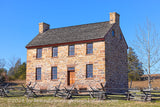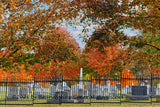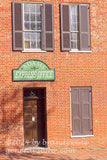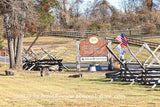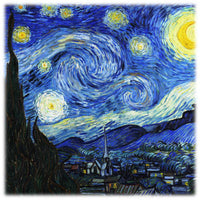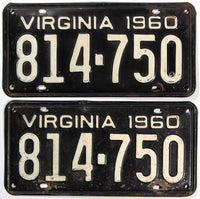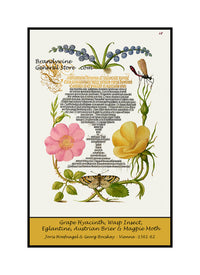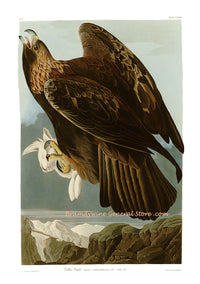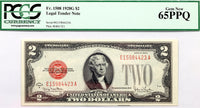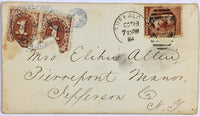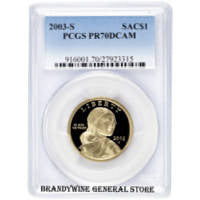Golden Crested Wren Art Print by John James Audubon
An archival premium Quality art Print of the Golden Crested Wren by John James Audubon for sale by Brandywine General Store. In this ornithology painting, the artist shows a male and female specimen of this small songbird setting in a Gynandria Monandria, which Mr. Audubon describes as a perennial that grows up to 4 foot in height and favored swampy places in which to grow. The male wren is perched on the main stalk of this plant while the female is setting on the blooms of the perennial. Both of these birds are after a small bug, which looks like a mosquito, for a tasty treat. These birds are green, brown, black and yellow in color, both the male and female are similar in appearance only differing in that the male has a big red spot on the top of his head. The Goldon-Crested Wren was plate or picture #183 in the first Havell edition of Birds of America. Audubon drew these birds in America, then sent the drawings to Mr. Havell in England who in turn colored and engraved and got the drawings ready to print for the great ornithology book. Regulus Cristatus - Mr. Audubon describes the Goldon-Crested Wren in Birds of America thus: This active little bird breeds in Labrador, where I saw it feeding its young in August, when the species appeared already moving southward; but although it was common there and in Newfoundland, as was the Ruby-crowned Kinglet, we did not succeed in our search for its nest. It enters the United States late in September, and continues its journey beyond their limits, as I have met with it on the borders of our most Southern Districts during winter. Individuals remain in all the Southern and Western States the whole of that season, and leave them again about the beginning of March. They generally associate in groups, composed each of a whole family, and feed in company with the Titmice, Nuthatches, and Brown Creepers, perambulating the tops of trees and bushes, sometimes in the very depth of the forests or the most dismal swamps, while at other times they approach the plantations, and enter the gardens and yards. Their movements are always extremely lively and playful. They follow minute insects on the wing, seize them among the leaves of the pines, or search for the larvae in the chinks of the branches. Like the Titmice they are seen hanging to the extremities of twigs and bunches of leaves, sometimes fluttering in the air in front of them, and are unceasingly occupied. They have no song at this season, but merely emit now and then a low screep. Audubon bird print #183



